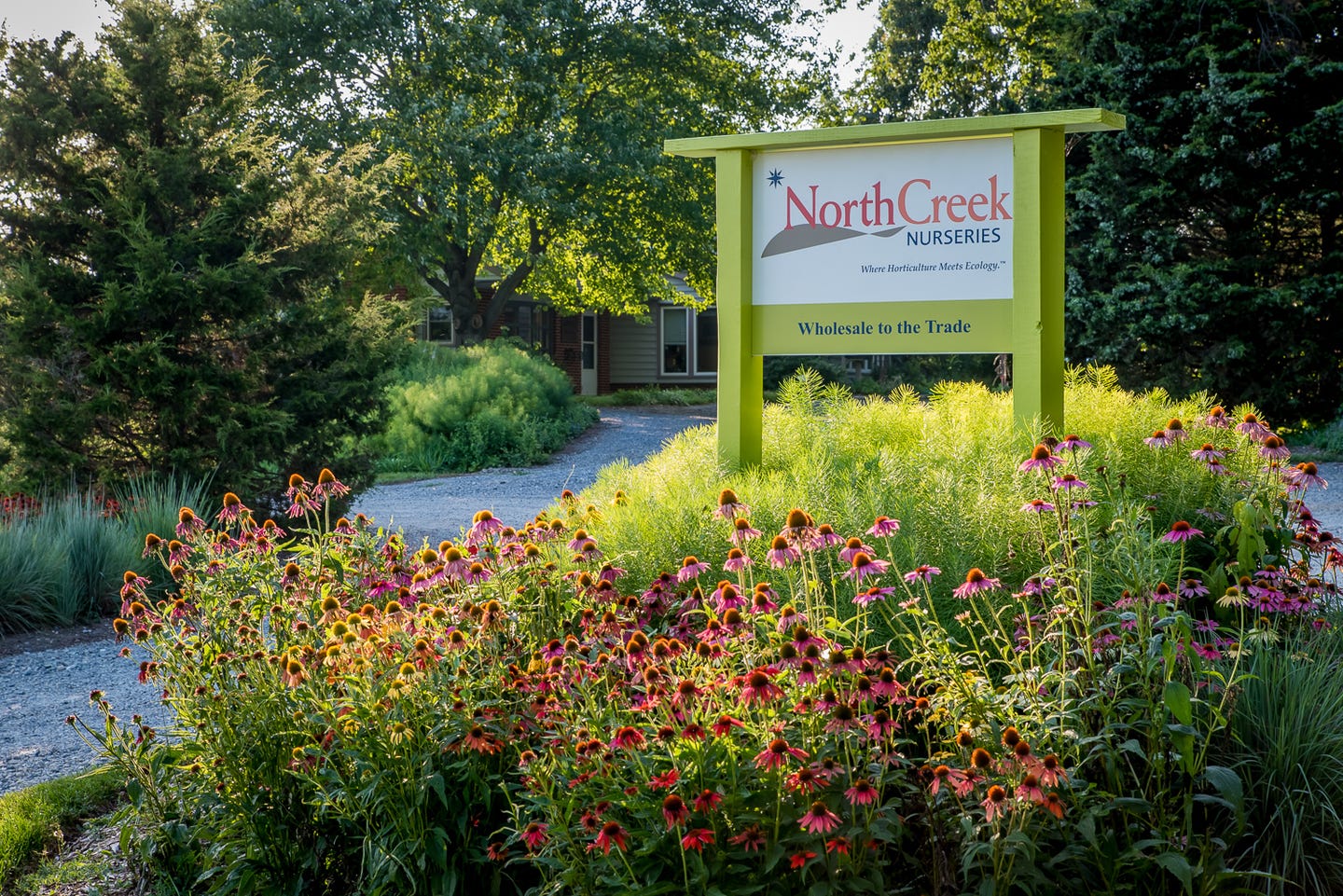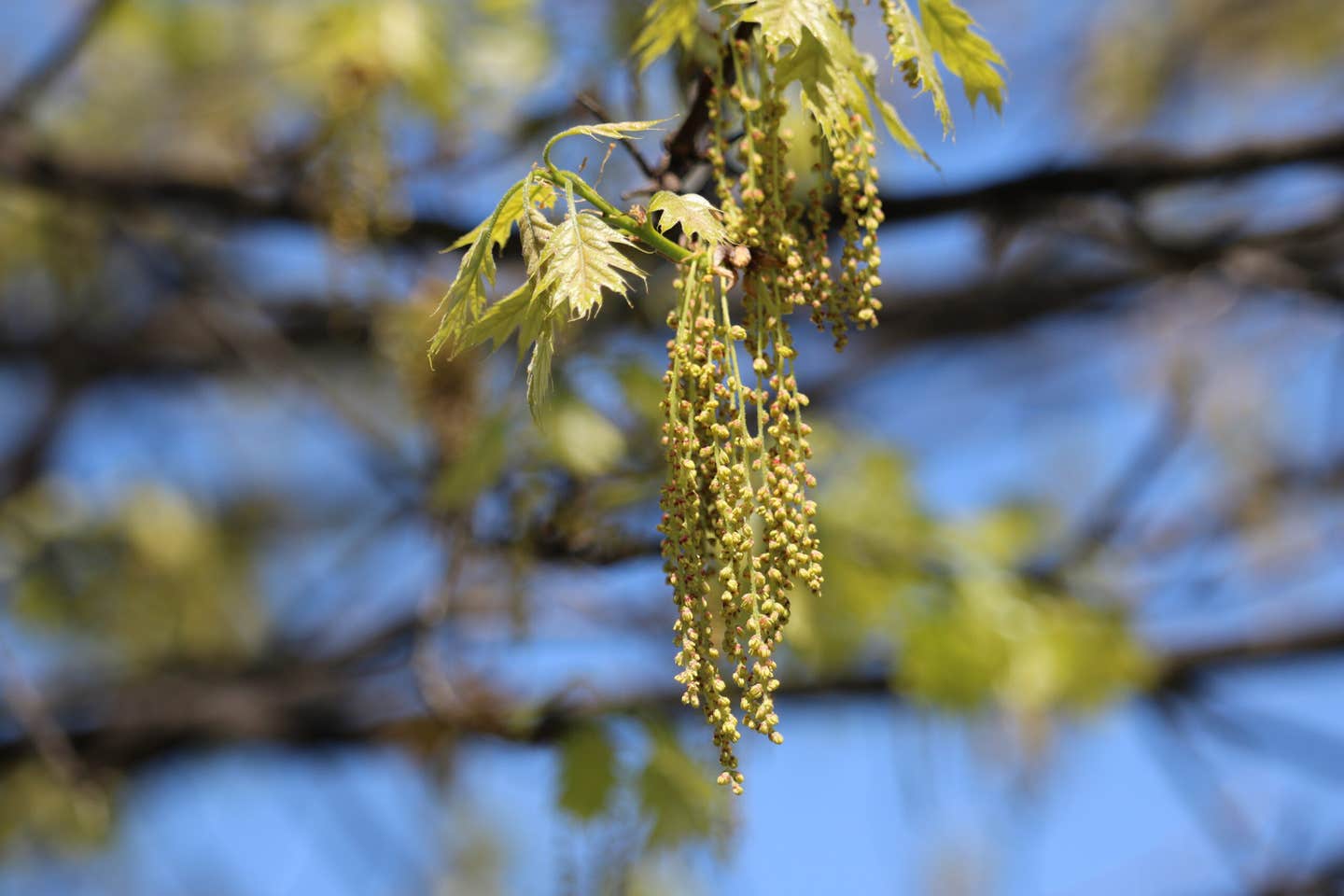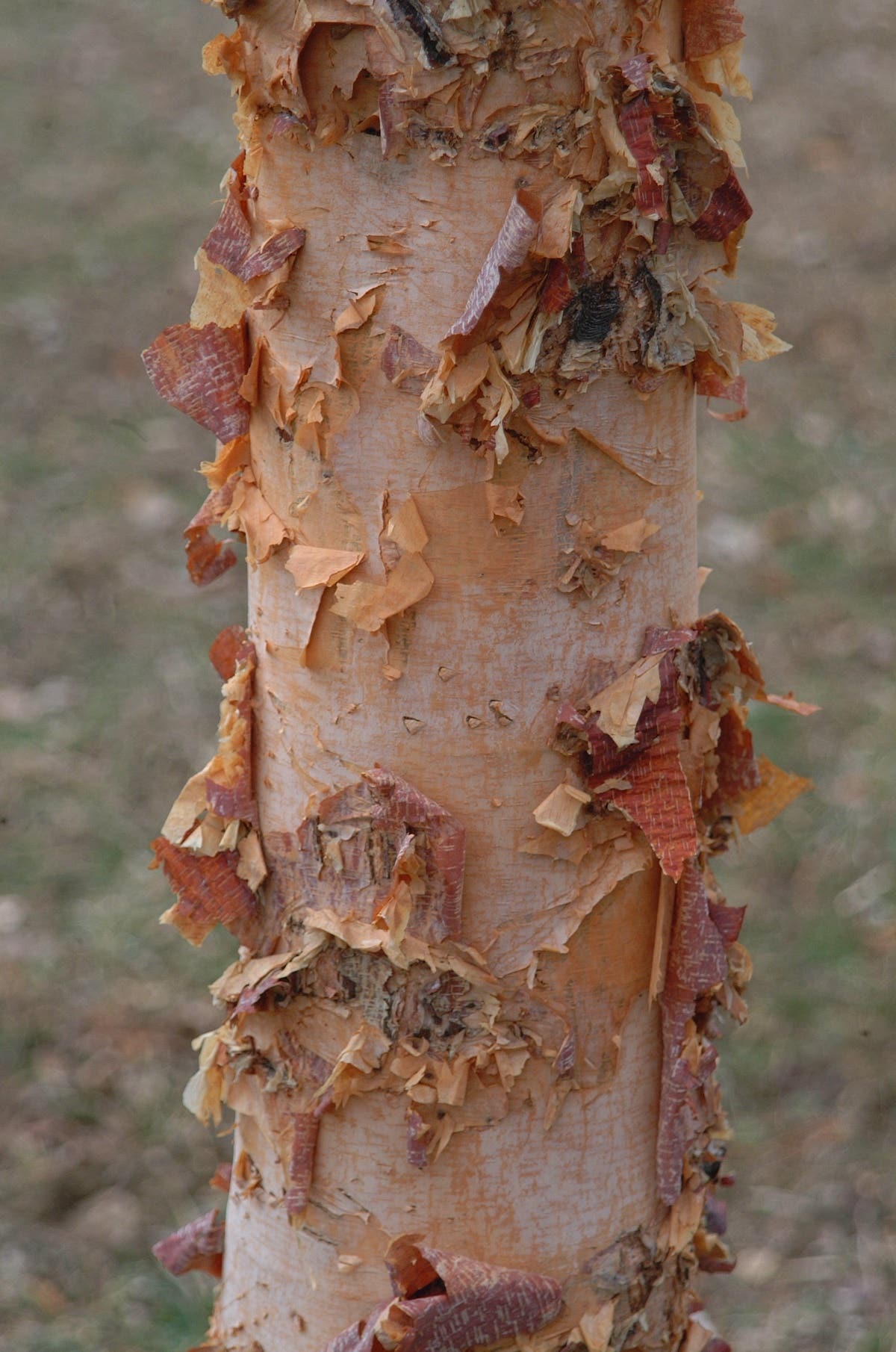How to Grow Your Own Cranberries
Of all the things we grow, cranberries surprise people the most. “Really? I thought you needed a bog!” is usually the reaction upon seeing the bed in the garden. At…
Of all the things we grow, cranberries surprise people the most. “Really? I thought you needed a bog!” is usually the reaction upon seeing the bed in the garden.
At first that’s what we thought, too, until we came across some cranberry plants for sale and decided to look into it further. It wasn’t long before our order arrived and we were on our way to homegrown cranberries.
So here are the basics on growing cranberries:
1. Cranberries grow shallowly, like a groundcover, and will spread if allowed.
2. They do like moisture, but a bog is not needed.
3. They like the same acidic soil conditions as blueberries. The two do well intercropped together.
4. Plants need to be three years old before you start to get cranberries.
5. They are hardy in USDA Zones 2-6.
6. They reproduce by sending out runners, similar to strawberries.
You can easily find plants for sale that are from one to three years old. Of course the older the plant, the more expensive—but the sooner you will see berries. Cranberries like a sandy soil, so it’s a good idea to work a little sand in as needed. In the fall or early spring, plant your cranberries about two to three feet apart and keep them well watered. The evergreen leaves are really lovely, with both red and green in the foliage. Mulch will help prevent weeds and retain moisture, while making your beds look even nicer.
Add in more sand every few years and trim out the older plants as the new ones start to produce. This will also help encourage runners, or you can root plants from cuttings. That’s it, just sit back and wait. We did plant a few older cranberry plants so we could see some results sooner. They didn’t bear a lot, but had some beautiful berries. Whereas the commercial growers flood their cranberry fields to harvest the berries, you won’t need to do that. Just gently remove the berries as they ripen to red.
Of course, they were smaller than the ones in the stores but oh my, the flavor. Let me warn you in advance to seriously consider not biting into a whole fresh cranberry!
Botanical name:Vaccinium macrocarpon
Plant height: Low
Harvest: As they ripen but before frost.
Yield: One pound per square foot.
Storage: Refrigerate for a few weeks or freeze; or water-bath can as cranberry sauce.
Gardening Jones is a master gardener in Pennsylvania. Learn more atgardeningjones.com/blog.
________________________________________
Learn about growing other small fruits in the Melons & Berries download.
Learn how to store your harvests for the long term in The Everything Root Cellaring Book.
Find wild nuts, berries, mushrooms and more to eat with confidence and safety in The Forager's Guide to Wild Foods.







